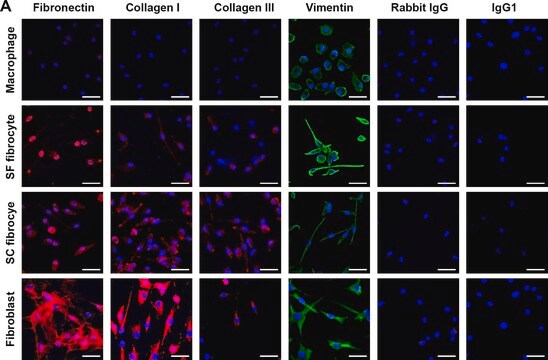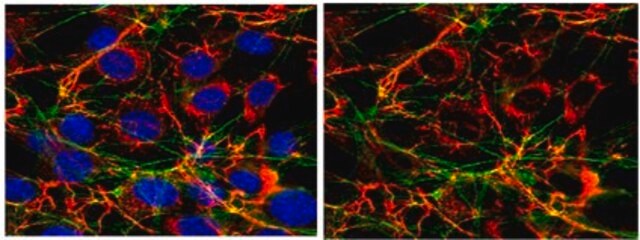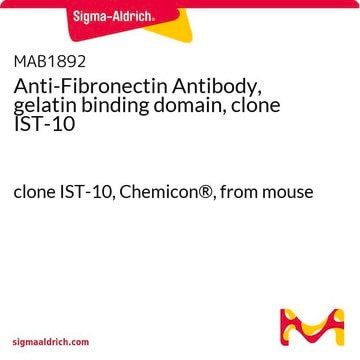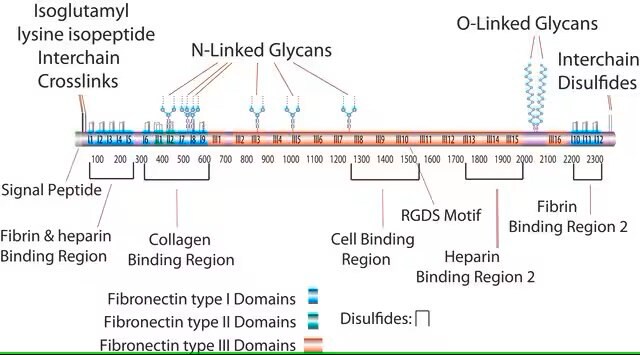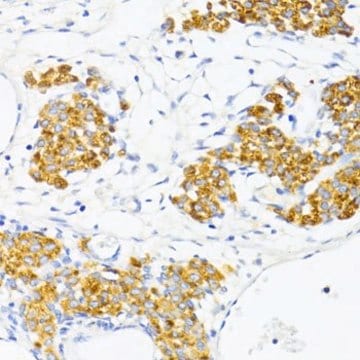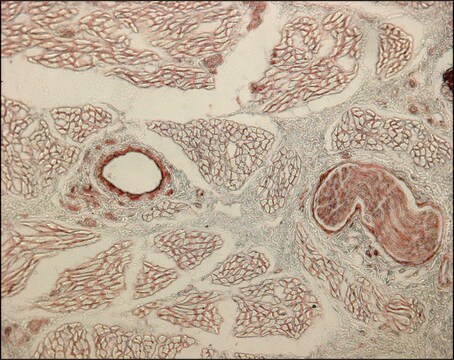This product is produced in mouse using human plasma fibronectin as an immunogen. The exact epitopes are not mapped. It specifically reacts with human fibronectin. It does not show reactivity with other species, including goat, bovine, dog, rabbit, mouse, and chicken. This antibody has not been tested on rat samples.
According to the Literature for plasma fibronectin, as investigated by researchers, there was 91% homology between humans and rats. Based on such information, as well as the other species tested, it is unlikely that this antibody will detect rat fibronectin.
(https://pubmed.ncbi.nlm.nih.gov/4019516/)
